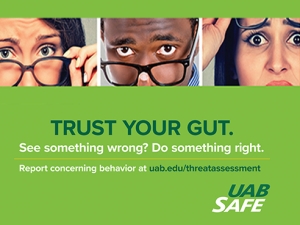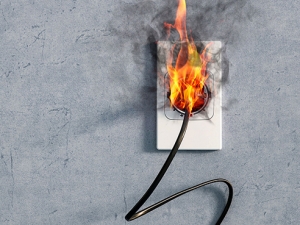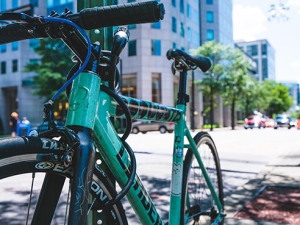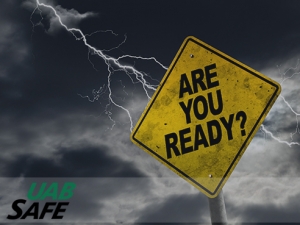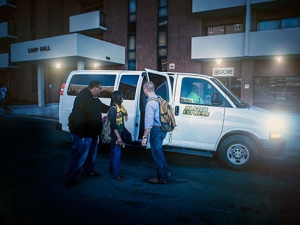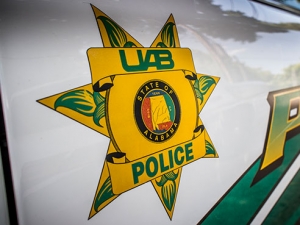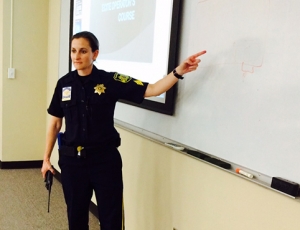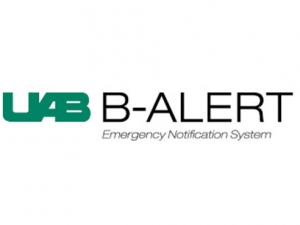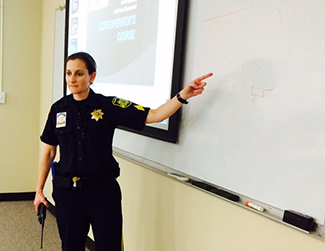 Knowing what to do if a violent intruder is in your building could save your life. The UAB Police Department provides training to prepare employees and students for those exact circumstances.
Knowing what to do if a violent intruder is in your building could save your life. The UAB Police Department provides training to prepare employees and students for those exact circumstances.
UAB hasn’t experienced this kind of violence, but it’s on the rise across the country. “We are not taking a wait-and-see approach,” said UAB Police Sgt. Amy Schreiner. “We want to be proactive in training the UAB community.
“We do fire drills, but, if you look at the numbers, we don’t have people dying in schools because of fires,” Schreiner said. “They are dying because of shootings. It’s important for our students and faculty to have that information, because, unfortunately, this is a threat that we have.”
Schreiner conducts the Alert, Lockdown, Information, Counter and Evacuation (ALICE) Training, which enables participants to identify and assess their options during a violent event. The acronym is not a to-do list, but a list of options that can be used in any order to fit the circumstance:
- Alert – Alert those around you.
- Lockdown – Lock and barricade doors and entryways.
- Information – Inform others so they may take the appropriate actions.
- Counter – Fight back using the swarm technique.
- Evacuate – Get as many people as possible away from the danger zone.
“Each presentation is different, but I go over shootings such as Columbine, Virginia Tech and Sandy Hook so people understand how we can learn from those instances,” Schreiner said.
Schreiner customizes each presentation to the building and the audience, and she typically visits the building before the presentation and takes photos of what she thinks are high-risk areas to consider.
| According to UAB policy, no firearms, ammunition, or dangerous weapons are allowed in buildings or any UAB facilities at any time. A gun permit does not authorize an employee, student, patient or visitor to bring firearms into any UAB facility under any circumstance. |
“I look for areas where a person would have very little reaction time if someone violently confronted them,” Schreiner said. “I also look for areas that provide little to no protection, such as reception desks, the area inside a classroom closest to the doors, sitting areas near entryways, our glass-front dining halls and wide-open spaces like gyms and the pool. I place emphasis on our classrooms that have hard-to-barricade doors or doors that do not lock.
“Every building is unique and has its own areas of concern. If we can address those places, then we can mentally prepare people for what to do if a threat happens,” she said.
Participants are encouraged to ask questions at the end of each training presentation, and Schreiner said the most common question is about the high-risk areas. Employees working in those areas want more information about what they should do in certain situations. She said they also ask about going after the threat themselves, which she advises against.
“If a civilian has a firearm and is attempting to stop the threat on his or her own, the officers have no way of determining this person is not the threat,” Schreiner said. “I also remind people of UAB’s policy against carrying firearms on campus.”
According to UAB policy, no firearms, ammunition, or dangerous weapons are allowed in buildings or any UAB facilities at any time. A gun permit does not authorize an employee, student, patient or visitor to bring firearms into any UAB facility under any circumstance.
Schreiner said another common concern is what to do with a gun if the shooter is apprehended.
“You should turn a trashcan upside-down and place it on top of the weapon,” Schreiner said. “Never pick the weapon up; in this scenario the responding officers will be looking for someone with a gun.”
The free training can be customized to the group’s time limit, from 45 to 90 minutes. To learn more or schedule a training presentation, contact Schreiner at 996-2035 or amys1@uab.edu.




 Be safe, not a statistic: Pedestrian fatalities have risen 46 percent since 2009.
Be safe, not a statistic: Pedestrian fatalities have risen 46 percent since 2009.

